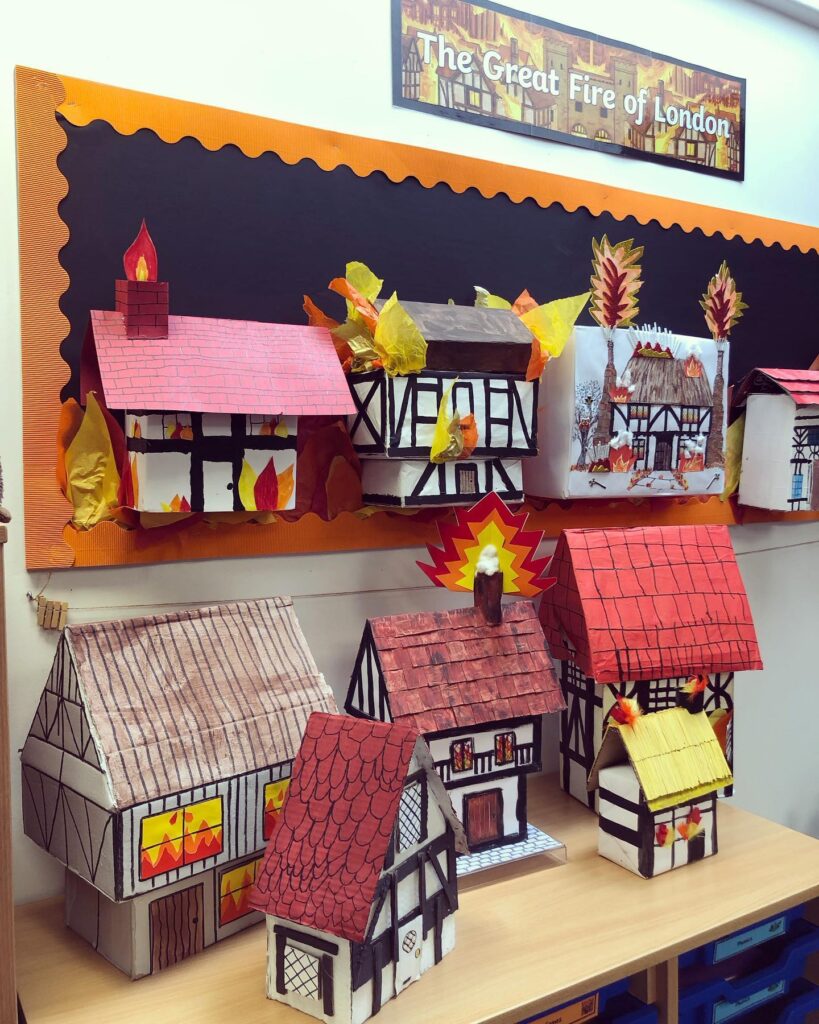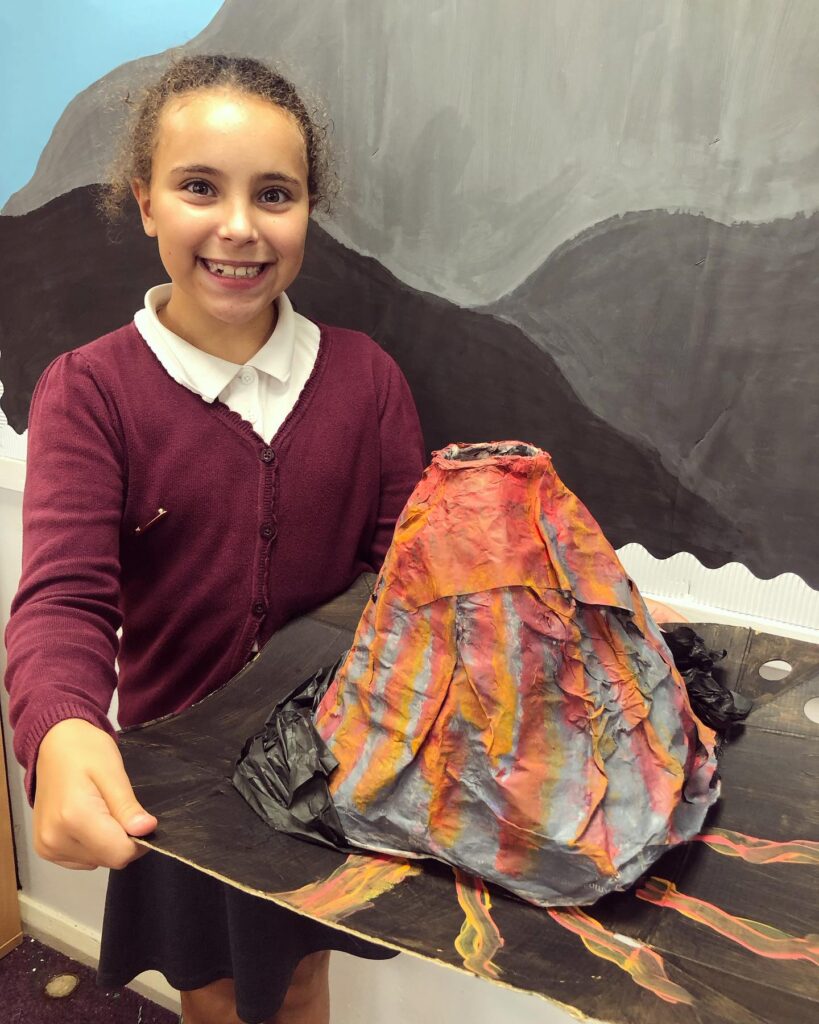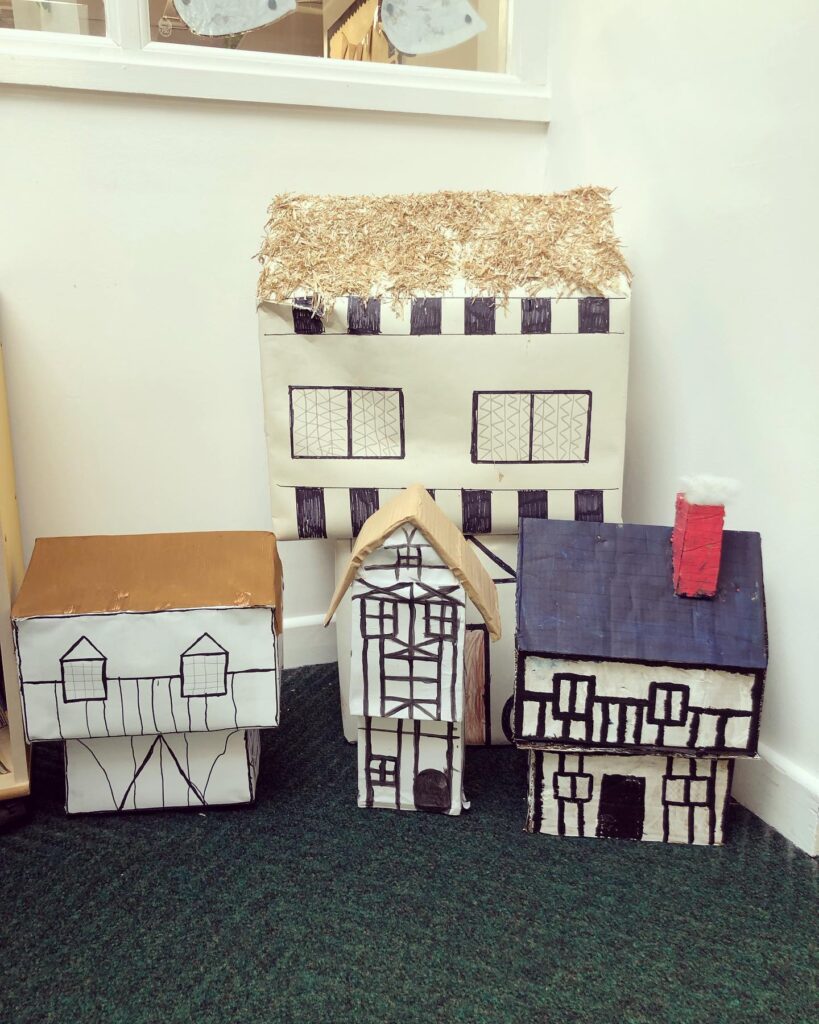


DESIGN & TECHNOLOGY CURRICULUM STATEMENT
Intent
We want our children to love Design & Technology. The Design and Technology scheme of work aims to inspire children to be innovative and creative thinkers who have an appreciation for the product design cycle through ideation, creation, and evaluation. We want children to develop the confidence to take risks, through drafting design concepts, modelling, and testing and to be reflective learners who evaluate their work and the work of others. Through our scheme of work, we aim to build an awareness of the impact of Design and Technology on our lives and encourage children to become resourceful, enterprising citizens who will have the skills to contribute to future design advancements.
Design and Technology will allow all children to put their learning from other areas of the curriculum into practice and will work to enhance and deepen their understanding of those areas, including Maths, Computing, Science, and Art. Children will learn about cooking, food and nutrition, ensuring that they acquire the fundamental life skills in order to be able to feed themselves healthily and independently, whilst learning about where food comes from, therefore making connections with their geographical and scientific knowledge. We want to equip them with not only the minimum statutory requirements of the Design and Technology National Curriculum but to prepare them for the opportunities, responsibilities and experiences of later life.
Implementation
The Design and Technology National Curriculum outlines the three main stages of the design process: design, make and evaluate. Each stage of the design process is underpinned by technical knowledge which encompasses the contextual, historical, and technical understanding required for each strand. Cooking and nutrition* has a separate section, with a focus on specific principles, skills and techniques in food, including where food comes from, diet and seasonality.
The National curriculum organises the Design and Technology attainment targets under five subheadings or strands:
- Design
- Make
- Evaluate
- Technical knowledge
- Cooking and nutrition
The Design and Technology scheme has a clear progression of skills and knowledge within these five strands across each year group.
Our Curriculum overview shows which of our units cover each of the National Curriculum attainment targets as well as each of the five strands.
Our Progression of skills shows the skills that are taught within each year group and how these skills develop to ensure that attainment targets are securely met.
Through the Design and Technology scheme, children respond to design briefs and scenarios that require consideration of the needs of others, developing their skills in six key areas:
- Mechanisms
- Structures
- Textiles
- Cooking and nutrition (Food)
- Electrical systems (KS2) and
- Digital world (KS2)
Each of our key areas follows the design process (design, make and evaluate) and has a particular theme and focus from the technical knowledge or cooking and nutrition section of the curriculum. The scheme is a spiral curriculum, with key areas revisited again and again with increasing complexity, allowing children to revisit and build on their previous learning. In doing so, we expect children to know more, remember more and understand more about Design & Technology.
Lessons incorporate a range of teaching strategies from independent tasks, paired and group work including practical hands-on, computer-based and inventive tasks. This variety means that lessons are engaging and appeal to those with a variety of learning styles. Knowledge organisers for each unit support children in building a foundation of factual knowledge by encouraging recall of key facts and vocabulary. Each unit has a unit quiz and knowledge catcher which is used at the start and/ or end of the unit.
To support the delivery of a high-quality Design & Technology curriculum and ensure pupil progression, staff access a range of resources; each unit of lessons includes multiple teacher videos to develop subject knowledge and support ongoing CPD.
Impact
After the implementation of a well-planned and sequenced Design and Technology curriculum, children should leave school equipped with a range of skills to enable them to succeed in their Middle School education and be innovative and resourceful members of society. The skills and attributes they develop will benefit them beyond school and into adulthood: the ability to use time efficiently; work with others productively; show initiative, independence and resilience and manage risks effectively.
The expected impact of following the Design and Technology scheme of work is that children will:
- Understand the functional and aesthetic properties of a range of materials and resources.
- Understand how to use and combine tools to carry out different processes for shaping, decorating, and manufacturing products.
- Build and apply a repertoire of skills, knowledge and understanding to produce high quality, innovative outcomes, including models, prototypes, CAD, and products to fulfil the needs of users, clients, and scenarios.
- Understand and apply the principles of healthy eating, diets, and recipes, including key processes, food groups and cooking equipment.
- Have an appreciation for key individuals, inventions, and events in history and of today that impact our world.
- Recognise where our decisions can impact the wider world in terms of community, social and environmental issues.
- Self-evaluate and reflect on learning at different stages and identify areas to improve.
- Meet the end of key stage expectations outlined in the National curriculum for Design and Technology.
Design & Technology Progression of Skills document – read here
